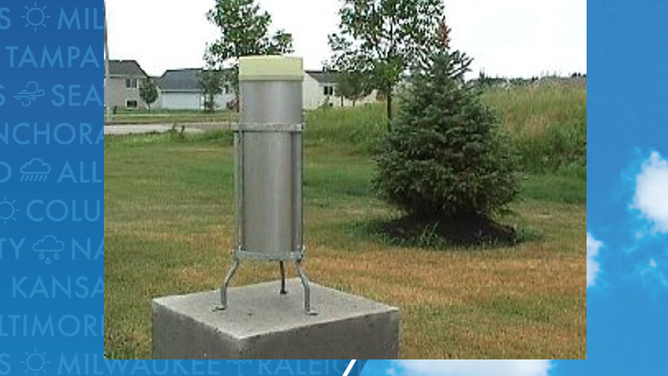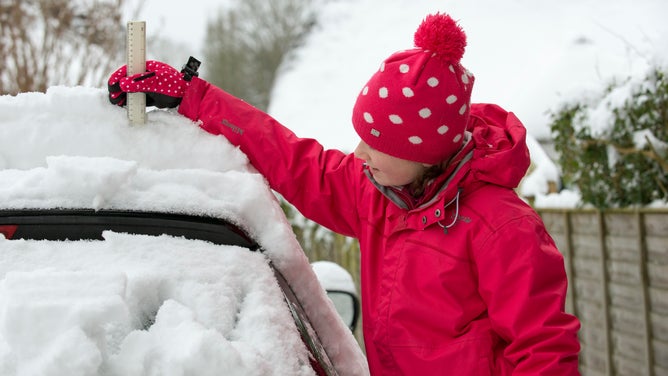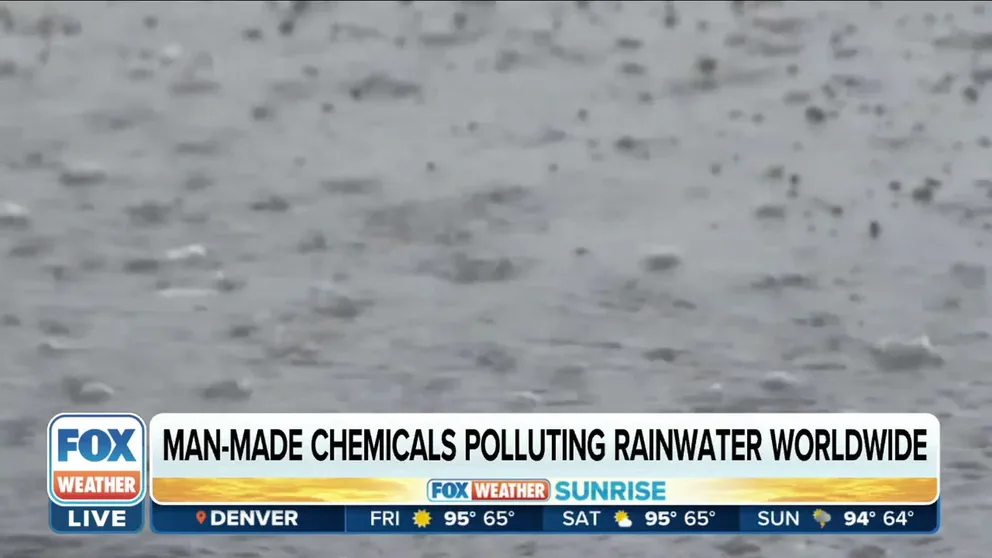How do you measure precipitation?
The contiguous U.S. sees an average of 30 inches of precipitation annually. To measure what is falling from the sky, hundreds of automated weather systems stand ready to collect what Mother Nature produces.
New study finds rainwater unsafe to drink everywhere
Ian Cousins, Lead Author and Professor at the Department of Environmental Science at Stockholm University, talks about what was found in the study.
The contiguous U.S. sees an average of 30 inches of precipitation annually. To measure what is falling from the sky, hundreds of automated weather systems stand ready to collect what Mother Nature produces.
Most precipitation is liquid and measured using a rain gauge operated by the National Weather Service or another government agency. These gauges are placed in an open area and collect the rainfall with the use of a funnel.
The National Weather Service uses what is known as a 20-inch gauge, which has the capacity to collect spillover when the rain rate overwhelms the funnel.
Without obstructions such as trees or buildings, the gauge can be the most accurate way of measuring rainfall.

Photo of a typical rain gauge
(NOAA)
Another method of measuring rainfall is radar. This form of measurement is considered to be less accurate than a rain gauge but can be used in the event of a gauge's failure or lack of one. Returns received by the Doppler radar can be impacted by a region’s terrain or by other objects in the sky.
When a small amount of precipitation measures less than 0.01 inches, meteorologists consider it a "trace." On weather records, a trace is abbreviated by the letter "T" and used in parentheses.
7 THINGS YOU CAN MEASURE SNOW WITH IF YOU DON’T HAVE A RULER
Before events of frozen precipitation, the funnel is removed, allowing the canister to collect ice or snow.
Similar to a rain gauge, the device must be free from obstructions to minimize the impacts of drifting snow.
A snowboard can also be used to determine how many inches of snow have fallen. While it shares a name with sporting equipment, the snow board used by meteorologists is often just a flat surface that is above ground level that allows a ruler or measuring stick to be used to measure snowfall.

A young girl checks the snow depth on a car using a ruler.
(Education Images/Universal Images Group / Getty Images)
Similar to during a rain event, radar and even satellites can be used to determine how much snow has fallen, but their estimations are not considered to be as accurate as ground-level measurements.
Official measurements are conducted daily at weather observation sites outside 122 NWS offices across the county.
